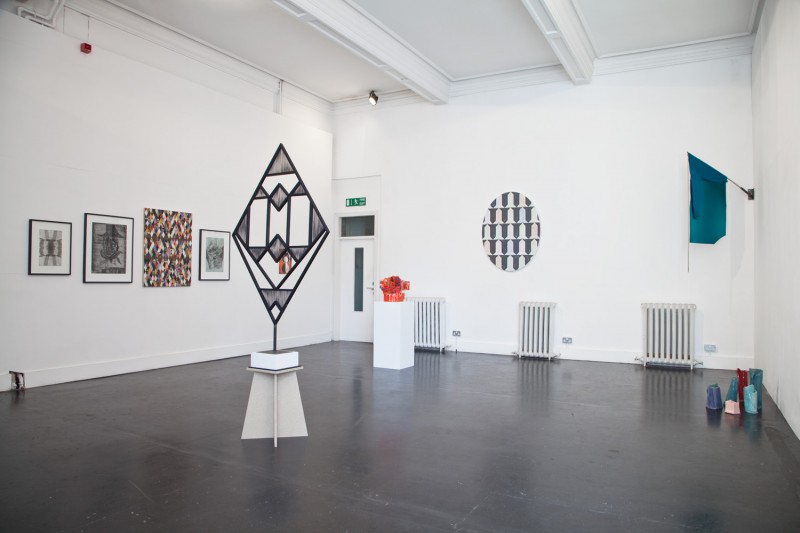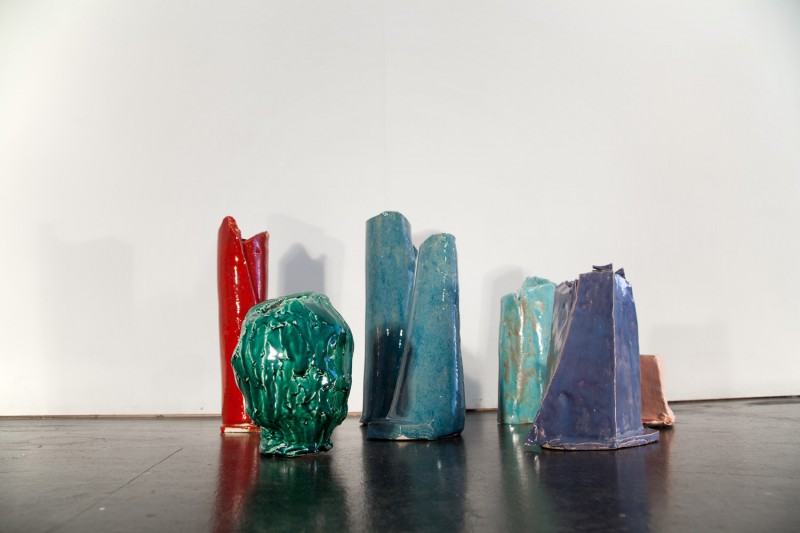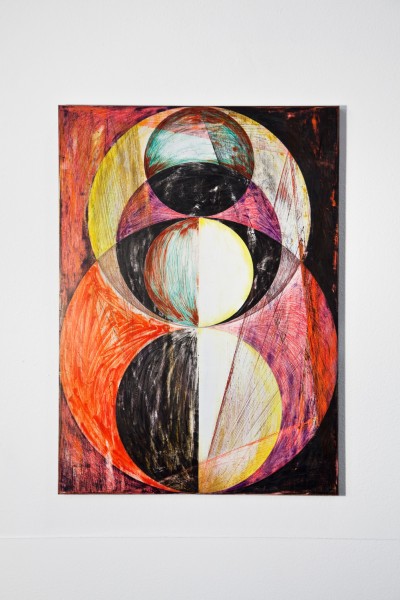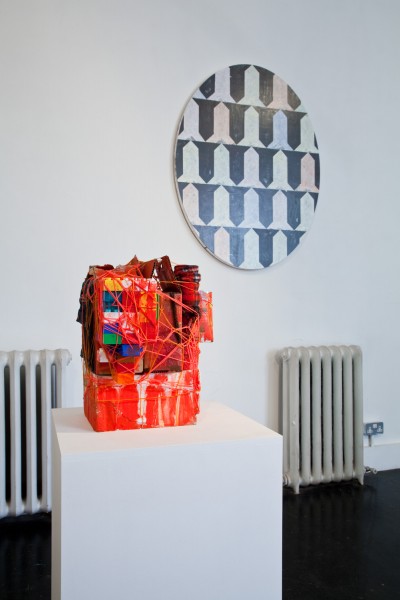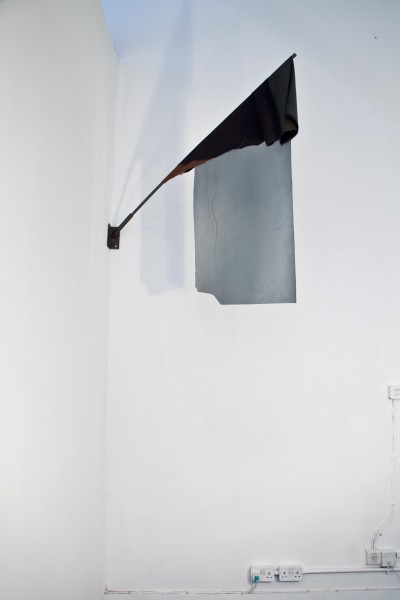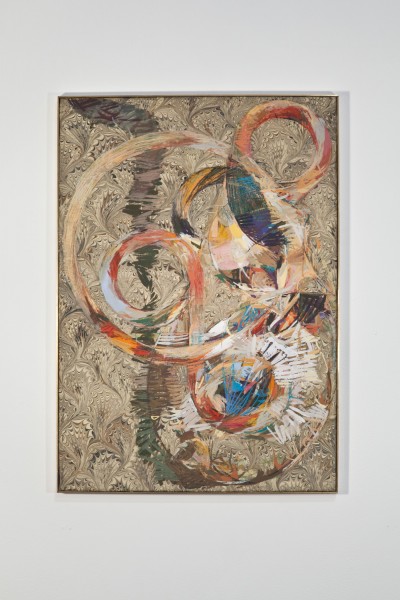The Long Dark
Preview
25th September 6pm - 9pm
Exhibition Continues
26th September - 30th October
Exhibition Opening Times
Wednesday - Saturday 12pm - 5pm
THE LONG DARK / Curated by Michelle Cotton
In 1931 the German historian, Oswald Spengler, suggested that the “machine technics” of our civilization might one day “lie in fragments, forgotten – our railways and steamships as dead as the Roman roads and the Chinese wall, our giant cities and skyscrapers in ruins like old Memphis and Babylon.” Spengler predicted a return “to forms of life simpler and nearer to Nature”, he observed an anti-rational strain in society and believed that “the strong and creative talents… are turning away from practical problems and sciences and towards pure speculation.” The Long Dark considers the recurrence of medievalism in the modern age.
PRESS RELEASE
Eva Berendes (DE) / Simon Bill (UK) / Alexandra Bircken (DE) / Nicholas Byrne (UK) / Raphael Danke (DE) /Peter Linde Busk (DK / DE) / Kalin Lindena (DE) /Maria Loboda (PL / DE) /Bernd Ribbeck (DE)
In 1931 the German historian, Oswald Spengler, suggested that the “machine technics” of our civilization might one day “lie in fragments, forgotten – our railways and steamships as dead as the Roman roads and the Chinese wall, our giant cities and skyscrapers in ruins like old Memphis and Babylon.” Spengler predicted a return “to forms of life simpler and nearer to Nature”, he observed an anti-rational strain in society and believed that “the strong and creative talents… are turning away from practical problems and sciences and towards pure speculation.” The Long Dark considers the recurrence of medievalism in the modern age.
The exhibition takes as its starting point John Ruskin’s essay, On the Nature of Gothic Architecture, published within the second volume of The Stones of Venice (1853). Ruskin described the Gothic form as energized by a community of workmanship and artistic liberty at a moment when architecture and the decorative arts in Britain were being remodelled by Capitalism. He outlined six qualities for Gothic architecture (Savageness, Changefulness, Naturalism, Grotesqueness, Rigidity and Redundance), each having their basis in the flora and fauna, climate, social temperament and the religious belief that were native and persistent within North West Europe.
On the Nature of Gothic Architecture describes a process of synthesis whereby the specific character of an environment enters into the psychology of its inhabitants and becomes impressed upon the culture and adopted in its forms. Ruskin believed that architecture was a ‘distinctively political art’. The values of ‘truthfulness’ and a unity of ‘fact with design’ that he aligned with the Gothic style would be reaffirmed in the utilitarian refrains of British or German Modernism.
The Long Dark cites Ruskin’s essay within a tradition of historical revivalism. The exhibition considers the reintroduction of pre-modern ideas and modes of production in contemporary culture and the aspirations invoked thereof.
The exhibition will tour to Hatton Gallery, Newcastle upon Tyne (5 December 2009 – 20 February 2010). It is supported by Arts Council England, Institut für Auslandsbeziehungen, The Elephant Trust and Newcastle University

